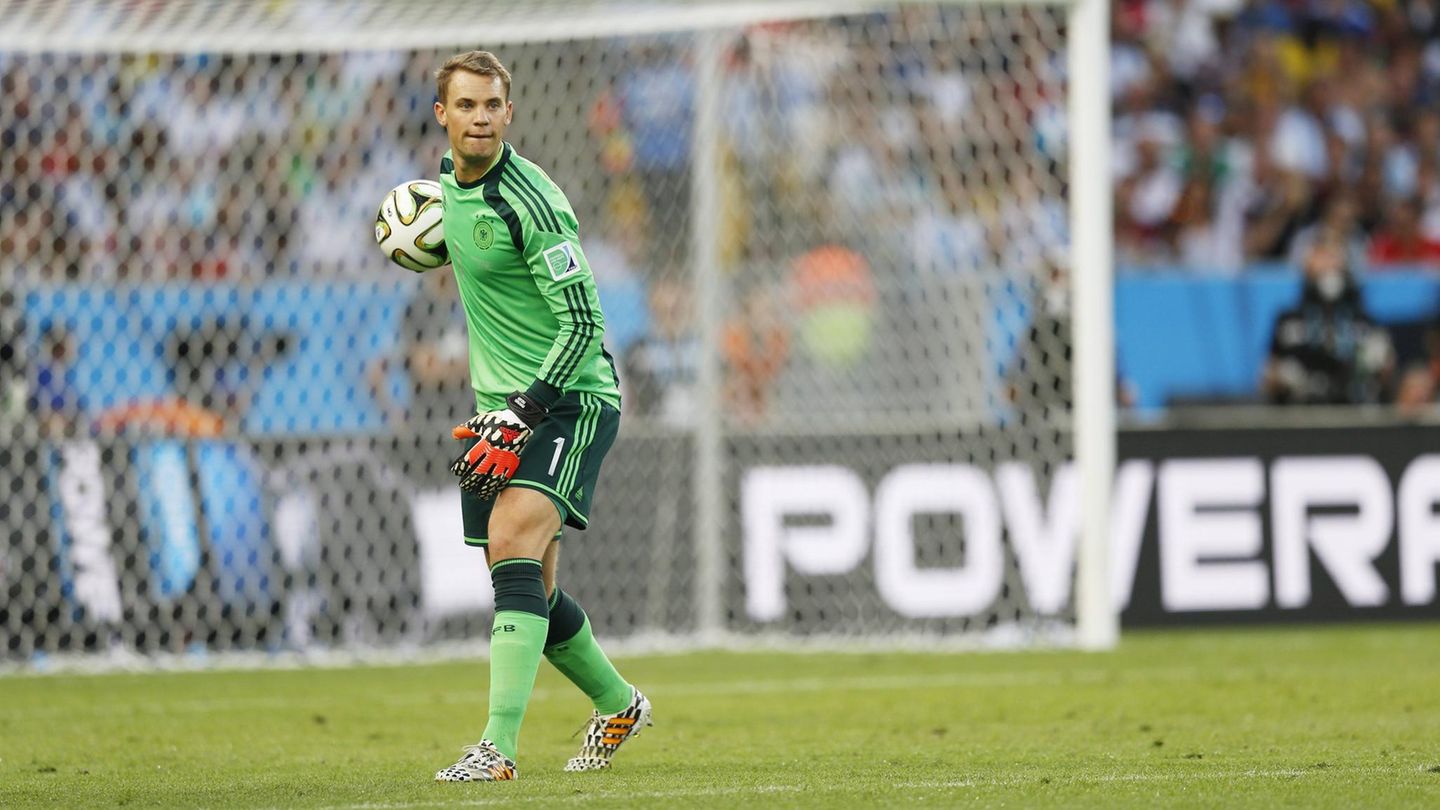Women and children represent more than 90% of that number, since men between 18 and 60 years old must participate in the defense of the country and are not authorized to leave.
This exceptional displacement of refugees caused a humanitarian crisis in the region that, as the United Nations warned in June, is becoming “a crisis of human trafficking.”
“The good news is that the known cases are few, but we know that the attempts persist and that there were people who tried to traffic refugees or engage in gender-based violence,” the head of UNHCR External Relations, Chris Melzer, told Télam.
“These people are especially vulnerable and that is why we are on high alert and concerned,” he said.
Melzer, who was assisting displaced Ukrainians on the border at the beginning of the conflict, explained that they recorded suspicious behavior among some of the people who offered help, such as offers of accommodation in exchange for cleaning or services, which on certain occasions included sexual favors.
“That is not solidarity (…) it is absolutely unacceptable,” said the official, who noted that UNHCR had deployed additional staff in several countries to strengthen the response to the risk of trafficking, gender violence, sexual exploitation and abuse.
This type of suspicious behavior was also registered by La Strada International, a European platform of NGOs that fight against trafficking.
“They receive rare job offers or those for which they have not yet been paid or there are also people who were offered transportation, but they only accepted women, things like that,” Suzanne Hoff, the organization’s international coordinator, told Télam.
The platform investigates these reports, but has so far confirmed a dozen cases of trafficking.
Hoff herself knew one such victim, a Ukrainian woman who worked for a Russian family in France, where she was exploited and unpaid.
Another similar case was reported in May by the French authorities: two young Ukrainian women who worked for a Ukrainian family as nannies and domestic helpers non-stop and who were only fed once a day.
Forced labor is one of the many forms of trafficking to which refugees from Ukraine are exposed, including forced sexual exploitation, begging and criminality.
Last July, the Ukrainian authorities broke up a criminal gang that offered Ukrainian women jobs in Turkey, where they were then forced into prostitution.
That same month, the UK Police reported that ten British pedophiles traveled to Poland under the pretext of providing humanitarian assistance to refugees.
According to the European Union (EU), which in this context launched a common plan against trafficking in May, investigations have been launched in several countries on potential cases, while the threat is considered “high and imminent.”
Ukraine, which has been a source, transit and destination country for human trafficking since the early 1990s, had seen an increase in the scale of this crime in recent years, driven by both the pandemic and the internal displacement that Since 2014, it has caused the conflict with the separatist regions of the east and the Russian annexation of the Crimean peninsula.
According to the International Organization for Migration (IOM), more than 90% of Ukrainian victims identified in 2020 were trafficked for labor exploitation, more than half of them in Poland and Russia, two of the countries currently hosting a large number of refugees.
“Before the war, Ukrainians hardly had any rights in Europe and the good thing now is that this has changed with Temporary Protection,” explained Hoff, referring to the directive activated in March by the EU that gives Ukrainian refugees a residence permit. and access to the labor market, housing, education and health care.
This legal status is an important factor in dealing with trafficking.
However, the head of the NGO explained that this policy does not apply to all refugees from Ukraine, such as those who are not eligible due to lack of information or incorrect data, or those who were foreign residents or undocumented.
“The more vulnerable the situation of people, the more risk they have of falling into trafficking,” said the specialist, who also cited the example of unaccompanied minors, the LGBTIQ+ community and the gypsies.
There is also particular concern about the risks of sexual exploitation and abuse online because many Ukrainians use social media to seek support.
A Europol operation, which mobilized 14 European countries in May, managed to identify six virtual platforms linked to trafficking and nine alleged traffickers who were looking for Ukrainian refugees for their sexual and labor exploitation through websites and social networks in Europe.
In this sense, the experts consulted underlined the need for governments to apply monitoring and verification mechanisms both online and on the ground.
“We can’t really quantify this problem. Fortunately, the known cases are few, but even one is too many, and then there are cases that we don’t know about yet,” Melzer said.
Something in which Hoff agreed, who pointed out that trafficking is “very difficult” to identify and usually takes a long time, given that many times the victims are not in a position to report their situation.
“In general, there is an underreporting of cases,” said the specialist and concluded: “It is too early because we do not know the real situation, which is usually complex. We have already seen it in other wars, such as the one in Syria, it is very difficult to obtain the whole picture. We only have an idea of what is known or reported.”
Source: Ambito
David William is a talented author who has made a name for himself in the world of writing. He is a professional author who writes on a wide range of topics, from general interest to opinion news. David is currently working as a writer at 24 hours worlds where he brings his unique perspective and in-depth research to his articles, making them both informative and engaging.




